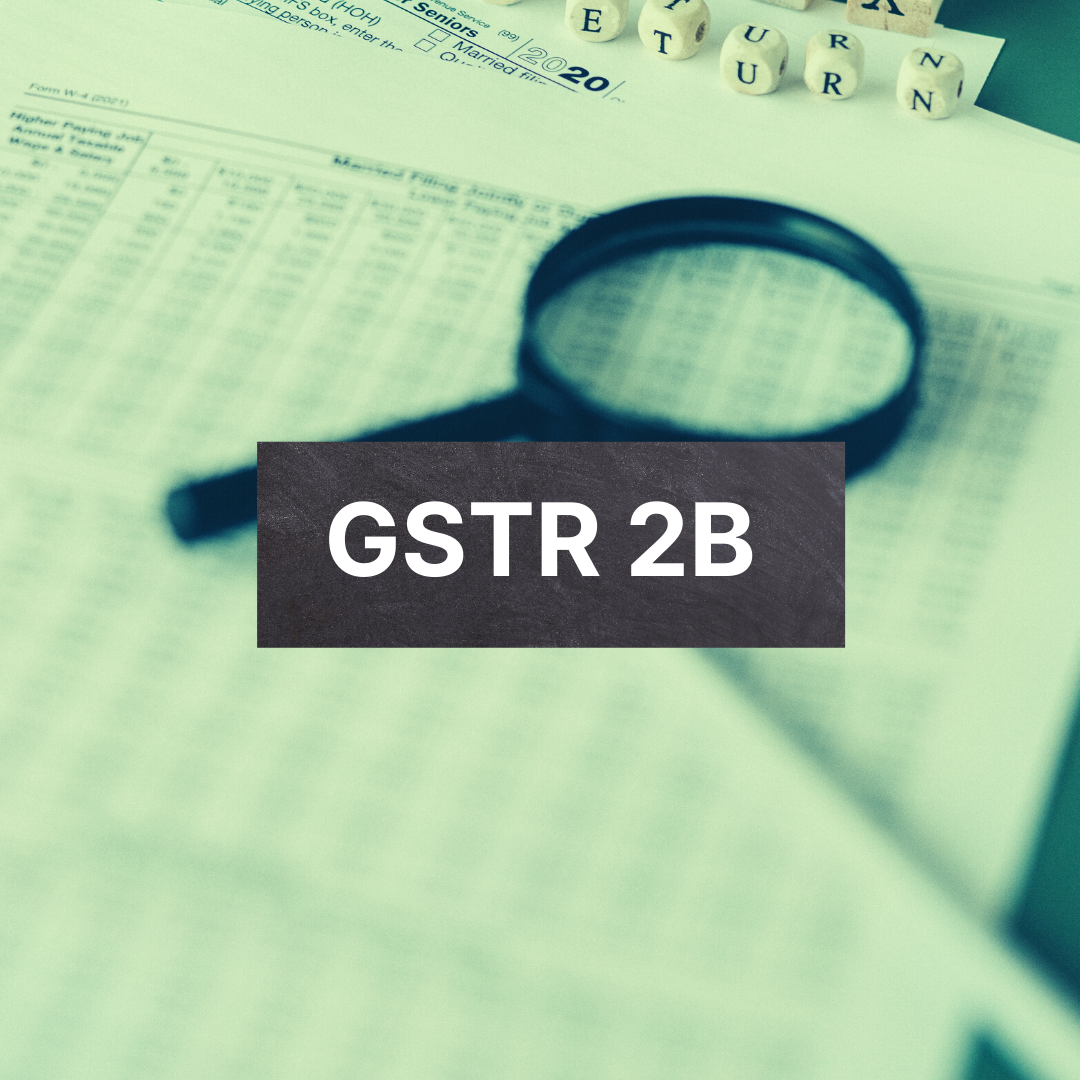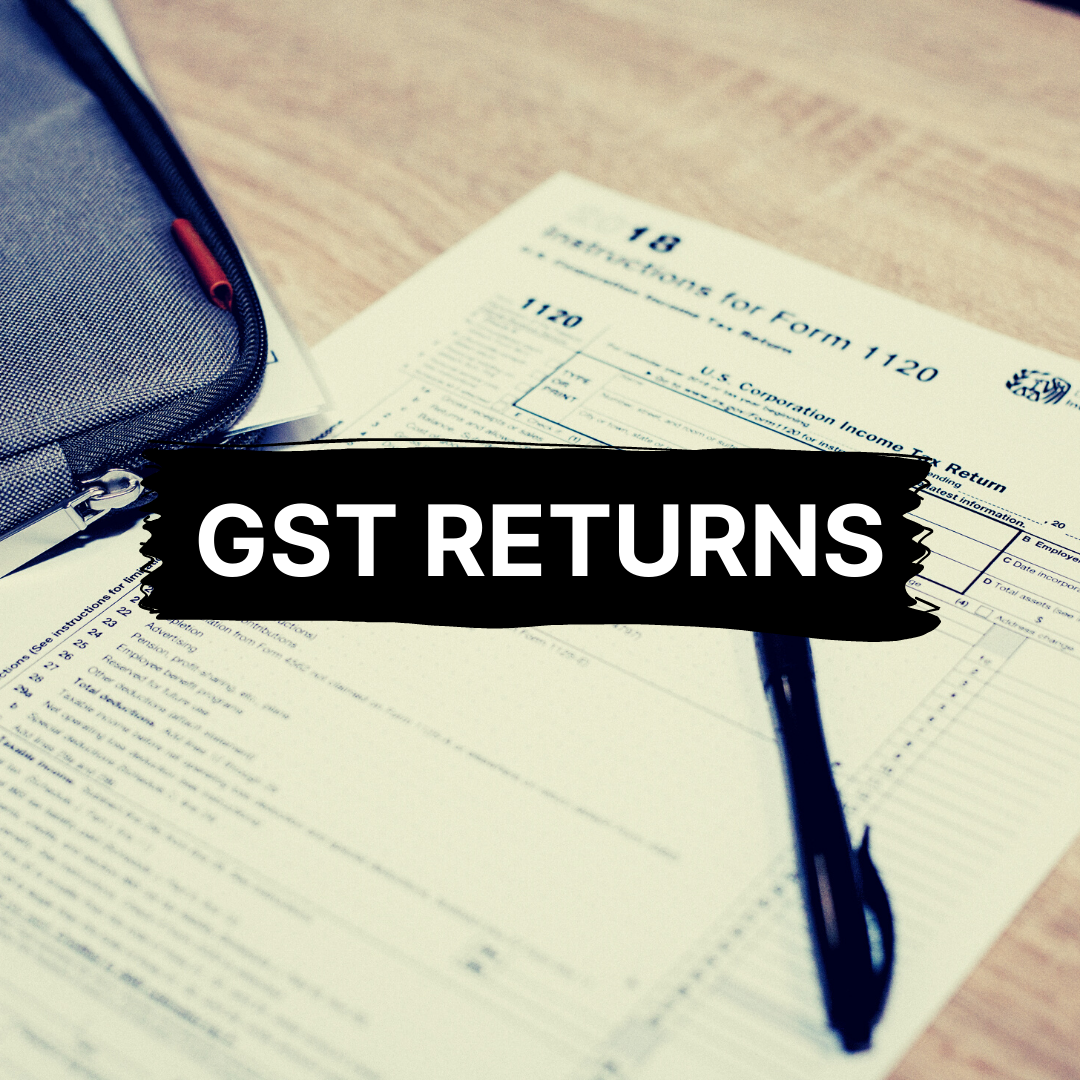While it is imperative to register and file GST on your business transactions, it is also vital to understand the process of calculation of GST. As a registered company in India, all traders and businessmen must obtain a GSTIN (GST Identification Number) and In this article, we shall take a close look at the calculation of GST, the different tax slabs under GST, and many more related and essential aspects of GST calculation.

By the end of the article, you will have a good grip over the following topics:
- What is GST?
- Different Tax Rates that come under GST?
- How to Calculate GST?
- GST Calculations Formula
- Examples of GST Calculation
- What is the GST inclusive Amount?
- What is the GST Exclusive Amount?
- GST Calculator FAQs
What is GST?
A comprehensive tax levied on the supply of goods and services in India is called Goods and Services Tax, i.e. GST. In effect since 1st July 2017, the GST was implemented as a single tax system to replace most of the other indirect taxes at that time. The other tax systems that were abolished and replaced were the Central Excise Duty, Entry Tax, VAT, Octroi, etc.
Being a comprehensive tax system, GST is levied on the production/manufacturing, sale, and consumption of the produced goods across the country. All kinds of enterprises, big or small, must have a GSTIN - GST Identification Number- to register themselves under the tax system of GST.
In the case where the transaction is taking place within the states i.e. in the case of the Inter-state transactions, Integrated GST is levied; whereas, in the case of any sales taking place intra-state, Central GST and the State GST come into the picture for being levied.
These are the different kinds of GST collected by the government:
- State GST: Also called SGST, it is collected by the State Government.
- Central GST: Also called CGST, it is collected by the Central Government.
- Integrated GST: Also called IGST, is to be paid to the Central Government for inter-state transactions.
- Union Territory GST: Also called UTGST, it is to be paid to the Union Territory Governments. All the 5 UTs- Dadra and Nagar Haveli, Chandigarh, Andaman and Nicobar Islands, Lakshadweep, and Daman and Diu impose the UTGST.
Different Tax Rates that come under GST?
The GST goods can be categorized into the following 5 tax rates: 0%, 5%, 12%, 18%, and 28%.
While there are certain goods including electricity, alcoholic drinks, petroleum products that are not taxed under GST. The individual state governments tax these goods separately based on the previous tax system.
How to Calculate GST?
As a Buyer, to calculate the GST on your goods, you must be familiar with the Net Price of the good and the corresponding GST rate that applies to that good (5%, 12%..and so on).
GST Calculations Formula
It is simple to calculate the GST using the formula given here:
- When the GST is excluded:
Price of the Good = Supply Value + Amount of GST
- When the GST is included in the supply value
Examples of GST Calculation
Let’s look at the two examples that consider the two scenarios discussed in the previous section:
EXAMPLE FOR CALCULATING INDIA GST
We assume the following:
Original Cost of the Product (Supply Value) = 100
GST% = 5
So, from the formula for calculating GST
So, in this case,
We can get the GST amount on the product as depicted here:
That makes the NET Price of the product = Rs. 105
EXAMPLE FOR EXCLUDING/ELIMINATING GST FROM BASE AMOUNT
Assuming Original cost of the product = 100
GST% =5
Now, in this case,
So, after applying the formula for excluding GST,
Therefore,
Net Price of the Good= Rs. 95.23
What is the GST inclusive Amount?
The term GST inclusive amount is used for referring to the total value of the product/goods that have an included GST price in its original value. In this scenario, there is no separate tax charged from the buyer and therefore, it is called the GST inclusive amount.
What is the GST Exclusive Amount?
The term GST exclusive amount refers to the price of the product/good which does not include the GST amount.
GST Calculator FAQs
Q. What are the three categories or types of GST?
SGST, CGST, and IGST are the 3 types of GST implemented in India. While CGST and SGST are applicable to intrastate transactions whereas IGST is applicable to inter state transactions.
Q. What is CGST, IGST, and SGST?
CGST, IGST, and SGST are the 3 kinds of GST that are applied based on the nature of transactions (Inter-state or intra-state). The SGST is collected by state, CGST is collected by Center and IGST is collected and shared by both state and center.
Q. An IGST example?
The Integrated Goods and Services Tax is imposed on the inter state goods. An example of IGST is if goods are transported to Maharashtra from Madhya Pradesh, then IGST would be applicable on those goods.
Q. What are the tax slabs under GST?
Different goods and services have been placed under the list of products under the 4 tax slabs: 0%, 5%, 12%, 18% & 28%.
Q. An Example of IGST?
When goods are transported from Lucknow to Jaipur, IGST will be imposed. If the 5% is the tax applicable, the trader in Jaipur will be paying the IGST and the trader in Lucknow will collect it to pay it to the government. So, here the central government collects the tax and shares it with the state.
Note: Only the state that imports the goods will receive the final tax amount under IGST system.
How can Deskera Help You with Calculating GST?
With Deskera Books, you can conduct business anywhere in India through a simple online platform that simplifies the GST taxation accounting system.
It is an innovative system for invoicing, accounting, and various aspects related to accounting such as fixed assets, purchase order and invoice, credit note. Fundamentally, Deskera Books is an all in one place that helps businesses focus on their core tasks and goal accomplishment.
Create smart reports to monitor applicable rates for all state GSTs, central GSTs, and integrated GSTs within one book system.
Key Takeaways
- A comprehensive tax levied on the supply of goods and services in India is called Goods and Services Tax.
- GST was implemented as a single tax system to replace most of the other indirect taxes at that time.
- GST replaced the other tax systems - Central Excise Duty, Entry Tax, VAT, Octroi, etc.
- All kinds of enterprises, big or small, must have a GSTIN - GST Identification Number- to register themselves under the tax system of GST.
- In the case where the transaction is taking place within the states i.e. in the case of the Inter-state transactions, Integrated GST is levied.
- In the case of any sales taking place intra-state, Central GST and the State GST come into the picture for being levied.
- State GST, Central GST, Integrated GST, and Union Territory GST are the 4 major types of GST collected by the government.
- The GST goods can be categorized into the following 5 tax rates: 0%, 5%, 12%, 18%, and 28%.
Related Articles











